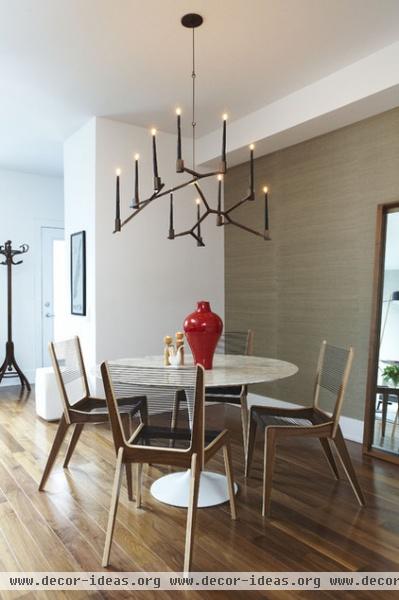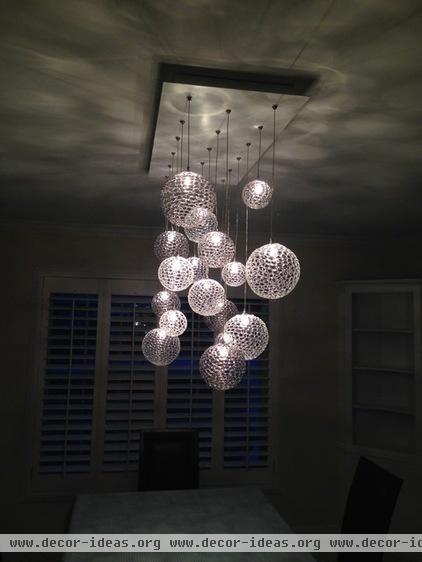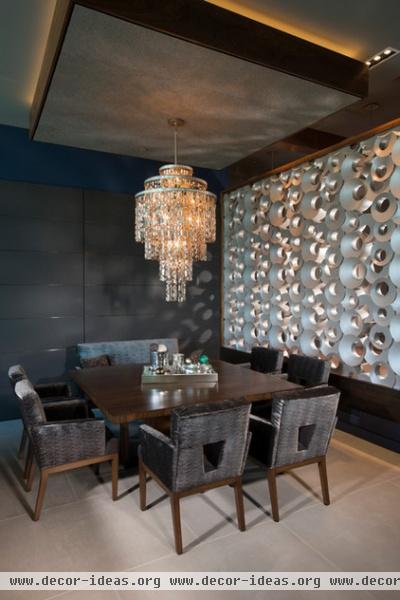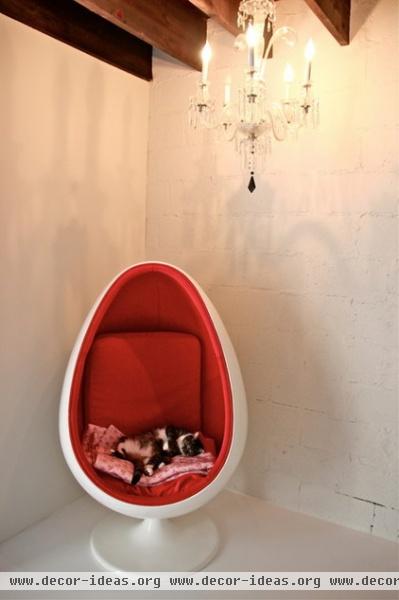How to Install a Chandelier
http://decor-ideas.org 05/08/2014 05:23 Decor Ideas
When it comes to light fixtures, few elicit as many “ooh"s and “ah"s as an elegant chandelier. Whether it’s gracefully adorning your dining room, making a statement in your entryway or serving as an elegant addition to your reading nook, a chandelier will add drama instantly. Here’s what you need to know about installing one.

Project: Install a chandelier.
Why: To add drama or define a space, such as a dining area, within an open floor plan.

DIY or hire a pro? Depending on the existing wiring as well as the mounting hardware and weight of your chandelier, you may be able to install the new fixture yourself. Just be aware that most standard electrical boxes have a maximum load rating of 50 pounds. If your chandelier weighs more than that, you must install an appropriate support system.
With that in mind, replacing an existing small or medium-size chandelier is likely something you can handle yourself. But if you’re hanging a large, heavy fixture or are uncomfortable with wires, it’s best to call in a reputable, licensed electrician.

Ask the electrician what the total price to complete the job will be. Does the quote include hardware? What about cleanup? Ask for a detailed labor and materials sheet to make sure you’re both on the same page before work begins.
Find electrical contractors near you

Cost range: If you hire a pro, the installation cost will vary depending upon your ceiling height and the size of the fixture. Given that the average electrician charges between $40 and $100 per hour, the job should cost about $200 to $300 including installation parts and labor.

MOD Chandelier Average project length: Unless your space is tricky, the job should take no more than a couple of hours.
Permit needed: None.

Best time to complete this project: Don’t wait until the day of your dinner party to mount your fixture above the table. While it’s a fairly simple job, factor in additional time to apply touch-up paint to the ceiling around the fixture should it become marked or otherwise damaged.

First steps: Choosing the fixture and deciding how and where to mount it are two decisions that go hand in hand.
Kristopher White of Ecolution Design Solutions suggests taking cues from your home’s architecture to figure out where the fixture will go and how low it should hang. “In this space we centered it with the clerestory windows to create visual cues to the rest of the room,” he says.
Browse photos to find your chandelier style

You should also consider the following three factors when choosing a fixture:
1. Ceiling height and room size. Larger rooms and higher ceilings require bigger fixtures.
2. What’s underneath the fixture. You don’t want your chandelier to overpower your dining table or kitchen island, so measure the distance from your ceiling to the table and have those measurements on hand while you’re shopping. (A good rule of thumb is to hang a light 28 to 32 inches above a dining table, but it can be higher or lower, depending on your preference, the size of the chandelier and your ceiling height.)
3. What is the shape of the chandelier? Lighter, more open fixtures often appear larger. “A good chandelier will fill the volume of space that surrounds it, serving as a focal point of the room, but it must not overpower everything else that is going on,” says White.
More:
Find chandeliers in the Products section
Find an electrician near you
Related Articles Recommended












